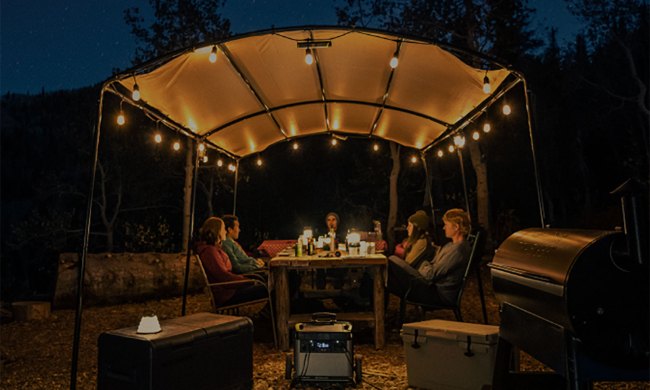Adventuring alone is one of the greatest feelings many outdoor enthusiasts find along the way. Solo adventures fulfill both the need for nature and the need for resetting solitude. But getting outside totally alone can also be one of the most daunting feats — which is likely why it’s so rewarding. Going it alone, however, isn’t something anyone should just decide to do one day without preparing.
Understanding your limits and preparing for the worst is what makes enjoying the outdoors by yourself possible. That’s why you should take stock of yourself, train, and plan before heading out solo the first time — and most times after, too. There are steps everyone should take before setting out on their own in the woods, on a body of water, or on any other type of adventure sport.
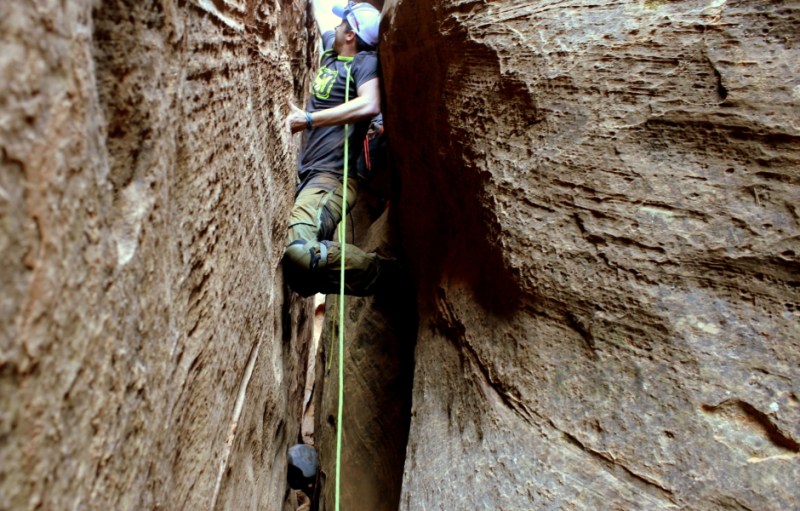
Know Your Boundaries When Traveling Solo
Determining your boundaries is vital to adventuring outside alone safely. Not only will these considerations make you safer physically, but they will also help you avoid making anxiety-induced mistakes like getting turned around.
Step 1: Evaluate your Skill Level- Determine what you are particularly good at and what your weaknesses are that can be resolved ahead of your trip. These can be sport-specific, such as navigating the backcountry or maneuvering through rapids. Or they can be more universal such as wildlife safety like bear encounters and snake bites or emergency preparedness like first aid and purifying water. Once you know what skills are your weakest, you can improve them and build up to situations that might call for those skills. The worst thing that can happen to you is getting in over your head when all of your mistakes could have been easily avoided.
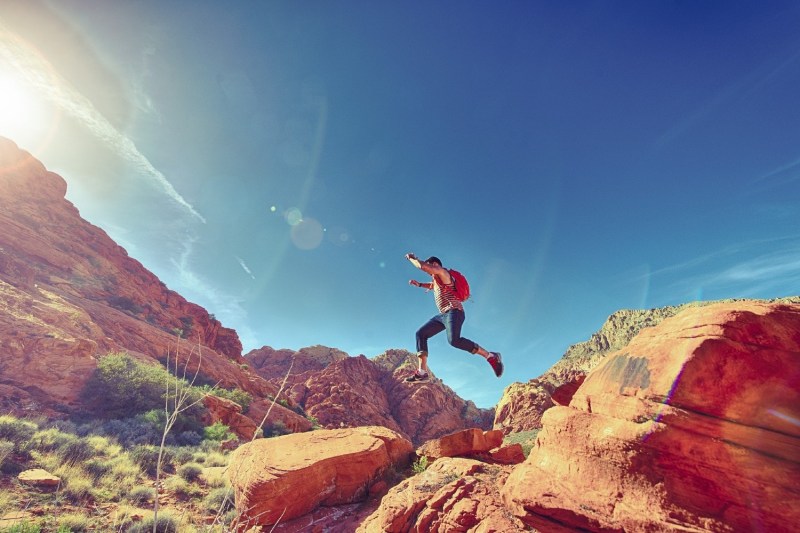
Step 2: Evaluate your Comfort Level- Your comfort level might be heavily influenced by safety considerations that are particular to you apart from your environmental safety. Different outdoor adventure activities present their own unique set of variables and safety concerns, but each person also has their own separate set of safety concerns. Some fear wildlife or emergency situations that could cause them to face the elements while others are more fearful of encountering other people who could be dangerous. Start out by placing yourself in situations that safely build your confidence.
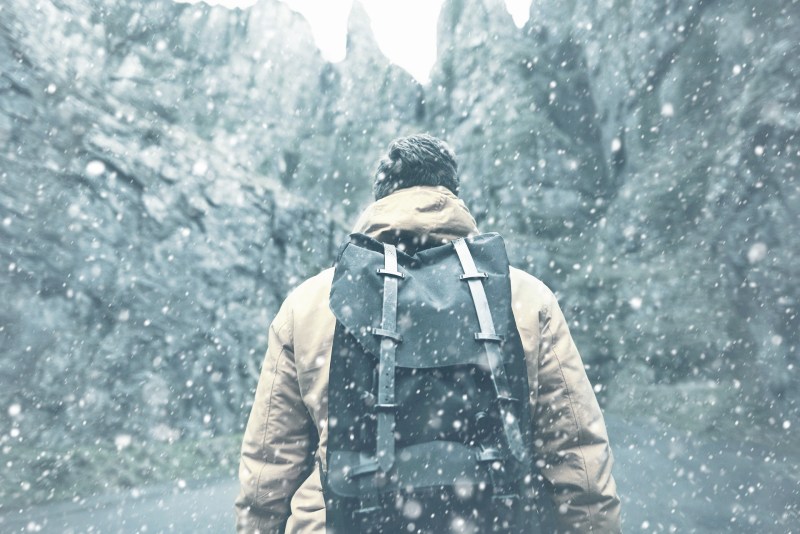
Be Prepared With a Backup Plan
Whatever your adventure holds, it’s always smart to have a backup plan in mind. That could mean having the proper supplies to get through survival situations like needing to spend the night outside while hiking, having bear spray, or whatever it is you might need in an emergency. To do this, you’ll need to have an understanding of survival tips for the trail, think through your outdoor plans, and pack to be prepared for reasonable risks.
In addition to the right supplies, it’s also important to have an emergency out. While there obviously are no emergency exits for outdoor adventures like kayaking, camping, or hiking, you can think through alternative ways to get home. That could simply mean considering what options you have as alternative trails to reach the bottom of a mountain or additional outs along a river in case the weather turns before you can reach the planned destination.
Step 1: Build your Emergency Kit- If you are hiking in the woods, camping in the desert, or exploring a mountainside, you will need a pack containing all the things you may need. Some of these are things you hope you never have to use, but it is better to have it and not need it than need it and not have it. Your pack should include food and water (enough for three days longer than your planned trip), a flashlight and radio (both with extra batteries), local maps, a multi-tool, and seasonal clothing.
Pro tip - Instead of carrying 3 gallons of water for a trip, invest in a filtration straw that safely allows you to take advantage of water you find in the outdoors.
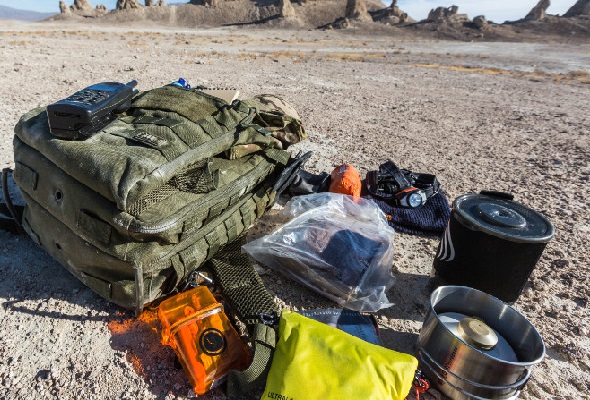
Step 2: Build your First Aid Kit - Things happen. The only thing that you can plan for is that your plan will go off the rails. Having a well-stocked and effective first aid kit is not only for you but also for people around you who may or may not have planned ahead. Your kit should include antiseptic pads, gauze, splints, anti-bacterial wipes, ointment, and medications. Also, don't forget scissors, gloves, and bandages. You can find these kits already put together for you in handy all-in-one packs. But having them is only half the battle, learn how to use everything in the kit or they won't do you any good when the situation arises.
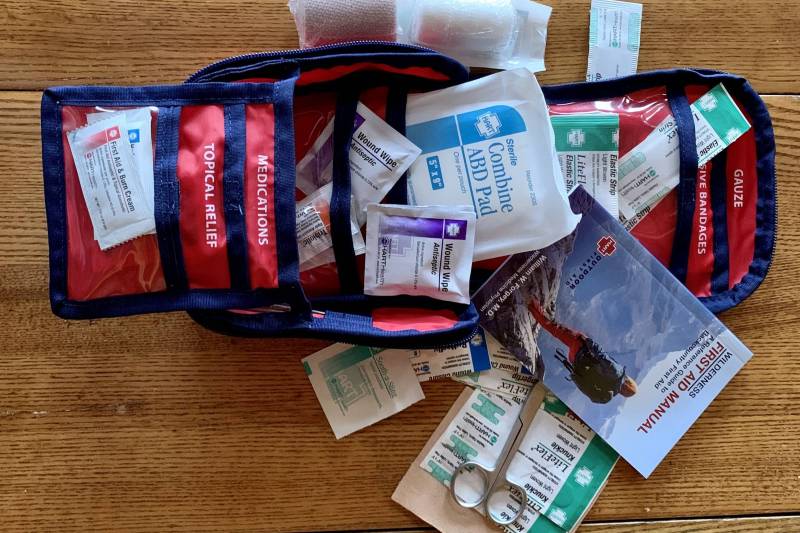
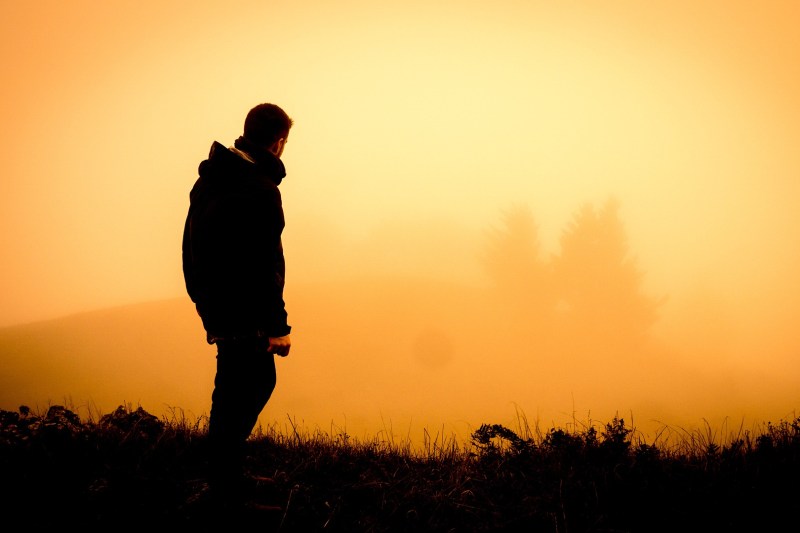
Practice and Train for Solo Travel
In addition to being mentally prepared, it’s also important to practice and train for bigger outdoor adventure goals like a thru-hike, backpacking the backcountry, taking a solo float trip, or long-distance cycling. To accomplish those bigger goals, you can break them down into smaller goals to build up to the big trip. Not only does this allow you to physically train over time for a more demanding trip, but it also allows you to practice the skills you’ll need in a safer and often more familiar environment. Over time as you gradually build up distance and practice in different locations, you’ll increase your confidence, endurance, and ability.
If the trip is going to take place in an unfamiliar environment, then simulating similar conditions can be helpful as you train. For example, if a future hike includes taller mountains than what you have access to, use stairs to train with a weighted pack. If you live in a cold environment and plan to visit a hot one for your trip, try to find places that offer “hot” classes like “hot yoga” or “hot cycling.” This will help your body adjust in a safe space. You can also bundle up in extra layers such as a hat, a long-sleeve shirt, and an additional lightweight jacket or pullover to train so you’ll train hotter and learn what your sport feels like under those conditions. Of course, you will still need to be careful not to overheat and be sure to drink enough water — the same conditions you’ll face once you set off on your journey..
Ultimately, learning to adventure solo is all about being prepared in as many ways as possible. No matter the sport or the risks associated with it, if something should happen, there’s no one else to fall back on for support in some scenarios. So consider what solo adventuring means to you and how you can safely make that dream a reality.


